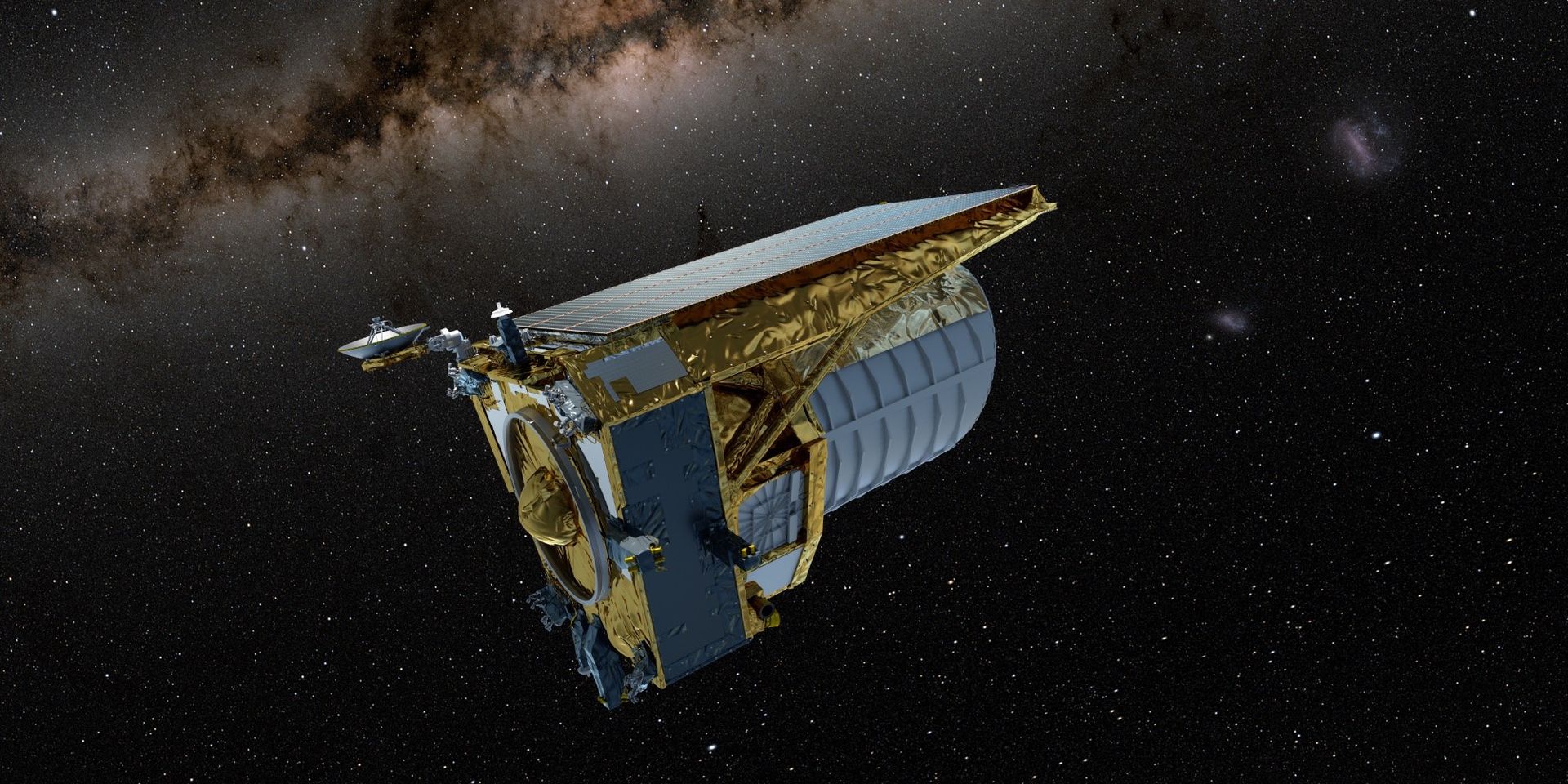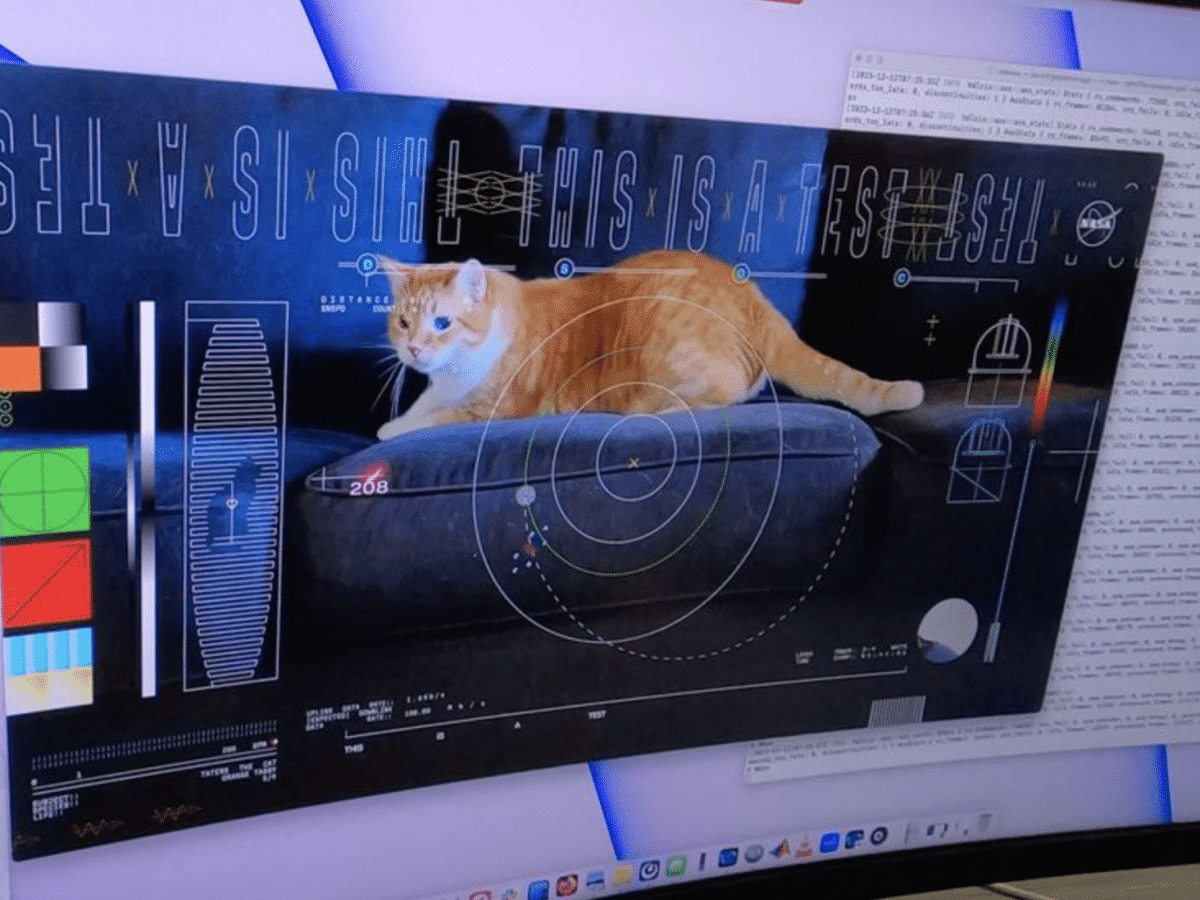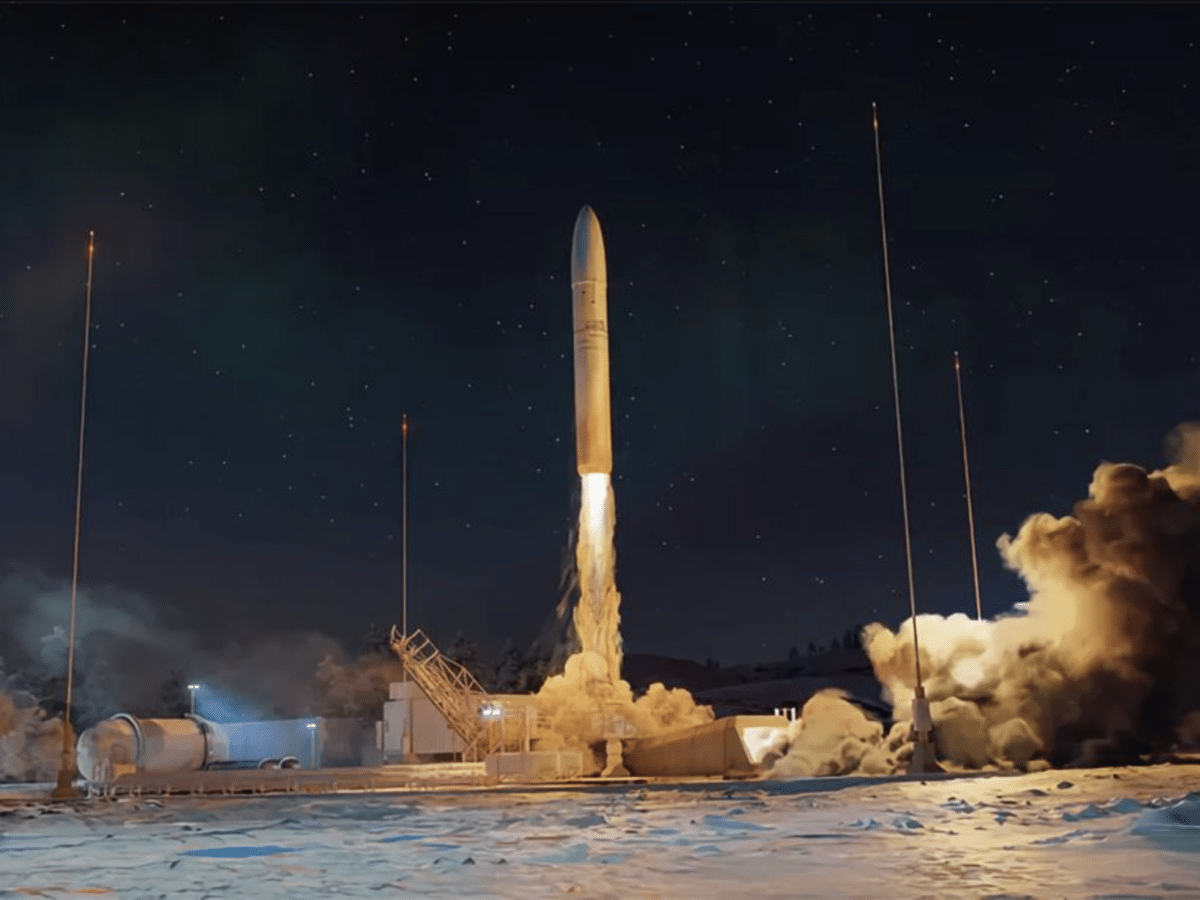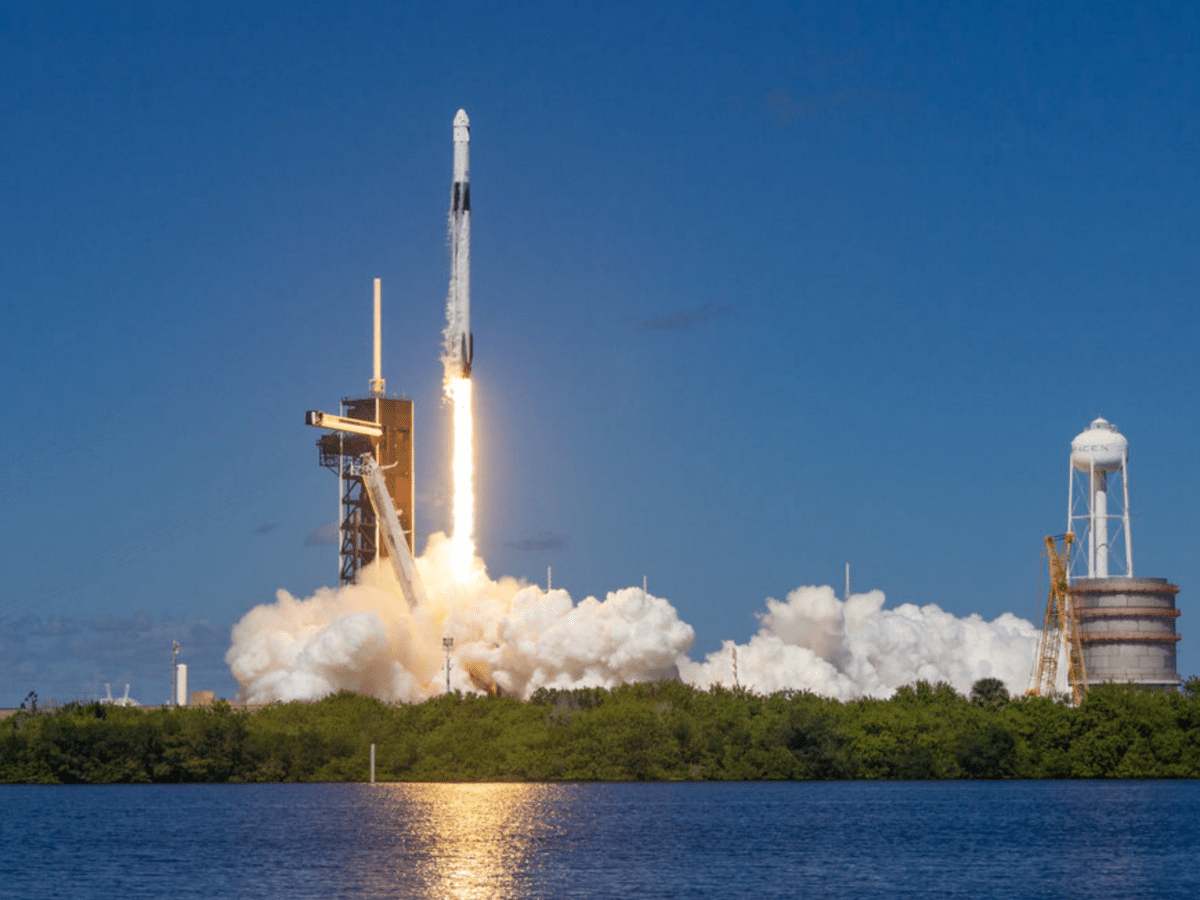This summer, the European Space Agency (ESA) is planning to launch its new space telescope, Euclid, into space.
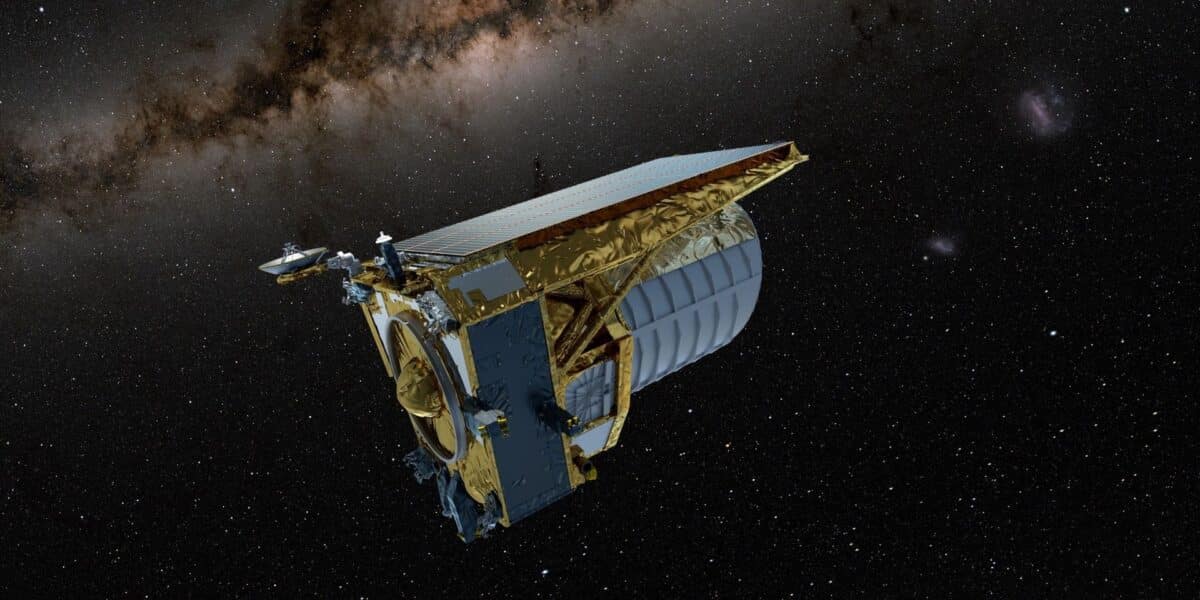
ESA hopes that through Euclid’s observations, they will be able to learn more about the relationship between dark energy, dark matter, and gravity, and how these forces affect the expansion of the universe. ESA writes:
While dark energy accelerates the expansion of the Universe and dark matter governs the growth of cosmic structures, scientists remain unsure about what dark energy and dark matter actually are.
–esa.int
By observing the Universe evolving over the past 10 billion years, Euclid will reveal how it has expanded and how structure has formed over cosmic history – and from this, astronomers can infer the properties of dark energy, dark matter and gravity, to reveal more about their precise nature.
In the video clip below, you can check out how Euclid is planned to operate to possibly reveal one of the universe’s bigger secrets. Euclid is planned to be launched into space in July aboard one of SpaceX’s Falcon 9 rockets. The spacecraft will then travel about 1.5 million kilometers from Earth and enter into orbit around the Lagrange point L2, the same location where the James Webb Telescope is in orbit.

